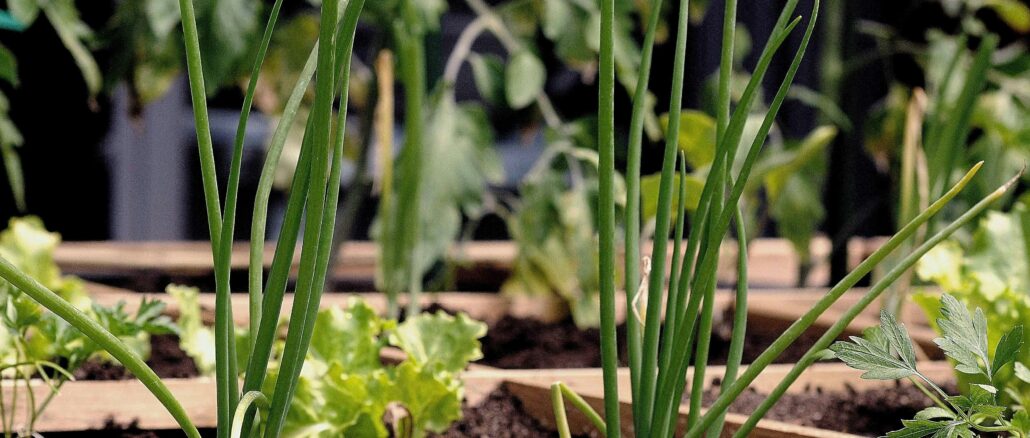
Urban gardening has become a flourishing trend in recent years, offering city dwellers the opportunity to cultivate their food even amid concrete jungles. From rooftop gardens to community plots, urban gardening provides numerous benefits, including access to fresh produce, a connection to nature, and the promotion of sustainable living practices. Let’s delve into the fascinating world of urban gardening, exploring its history, benefits, and essential tips for growing your food in the city.
A Brief History of Urban Gardening
The practice of urban gardening dates back centuries, with urbanites finding creative ways to grow food within limited space constraints. In ancient civilisations such as Mesopotamia and Egypt, urban gardens were common features, providing essential sustenance for city inhabitants. During World War II, victory gardens sprung up in cities across the globe, encouraging citizens to grow their fruits and vegetables to support the war effort and alleviate food shortages.
In the latter half of the 20th century, urban gardening experienced a resurgence as environmental consciousness grew and community gardening initiatives gained traction. Today, urban gardening encompasses a wide range of practices, from container gardening on balconies to guerrilla gardening in neglected urban spaces, highlighting the resilience and creativity of city dwellers in cultivating their food.
Benefits of Urban Gardening
Urban gardening offers an array of benefits for individuals, communities, and the environment. Firstly, it provides access to fresh, nutritious produce, promoting healthy eating habits and food security, particularly in underserved urban areas known as food deserts. Additionally, urban gardens serve as green oases within urban landscapes, enhancing biodiversity, mitigating air and noise pollution, and providing habitats for beneficial insects and wildlife.
Moreover, urban gardening fosters community engagement and social cohesion, bringing people together to share knowledge, resources, and experiences. Community gardens serve as gathering spaces where individuals from diverse backgrounds can connect, collaborate, and build relationships, strengthening the fabric of urban communities.

Tips for Urban Gardening Success
1. Know Your Space: Assess the available space in your urban environment, whether it’s a small balcony, rooftop, or community garden plot. Consider factors such as sunlight exposure, wind exposure, and access to water when planning your garden layout.
2. Start Small: Begin with a few easy-to-grow crops or herbs that thrive in urban environments, such as lettuce, tomatoes, peppers, basil, and mint. Container gardening is an excellent option for beginners with limited space.
3. Optimise Resources: Utilise vertical space by installing trellises, hanging baskets, or vertical planters to maximise growing area. Choose compact and dwarf varieties of plants that are well-suited for container gardening.
4. Practice Sustainable Gardening: Use organic methods and natural pest control techniques to maintain a healthy and thriving garden. Composting kitchen scraps and yard waste reduces waste and provides nutrient-rich soil for your plants.
5. Stay Consistent: Regular watering, weeding, and monitoring for pests and diseases are essential for the success of your urban garden. Establish a routine and stay committed to caring for your plants throughout the growing season.
Urban gardening offers city dwellers a rewarding and sustainable way to connect with nature, improve food security, and foster community resilience. By embracing the principles of urban gardening and implementing practical tips for success, individuals can cultivate their food and contribute to a greener, healthier, and more vibrant urban landscape. Whether you’re a novice gardener or a seasoned green thumb, there’s no better time to embark on your urban gardening journey and experience the joy of growing your food in the city.
SheSociety is a site for the women of Australia to share our stories, our experiences, shared learnings and opportunities to connect.

Leave a Reply